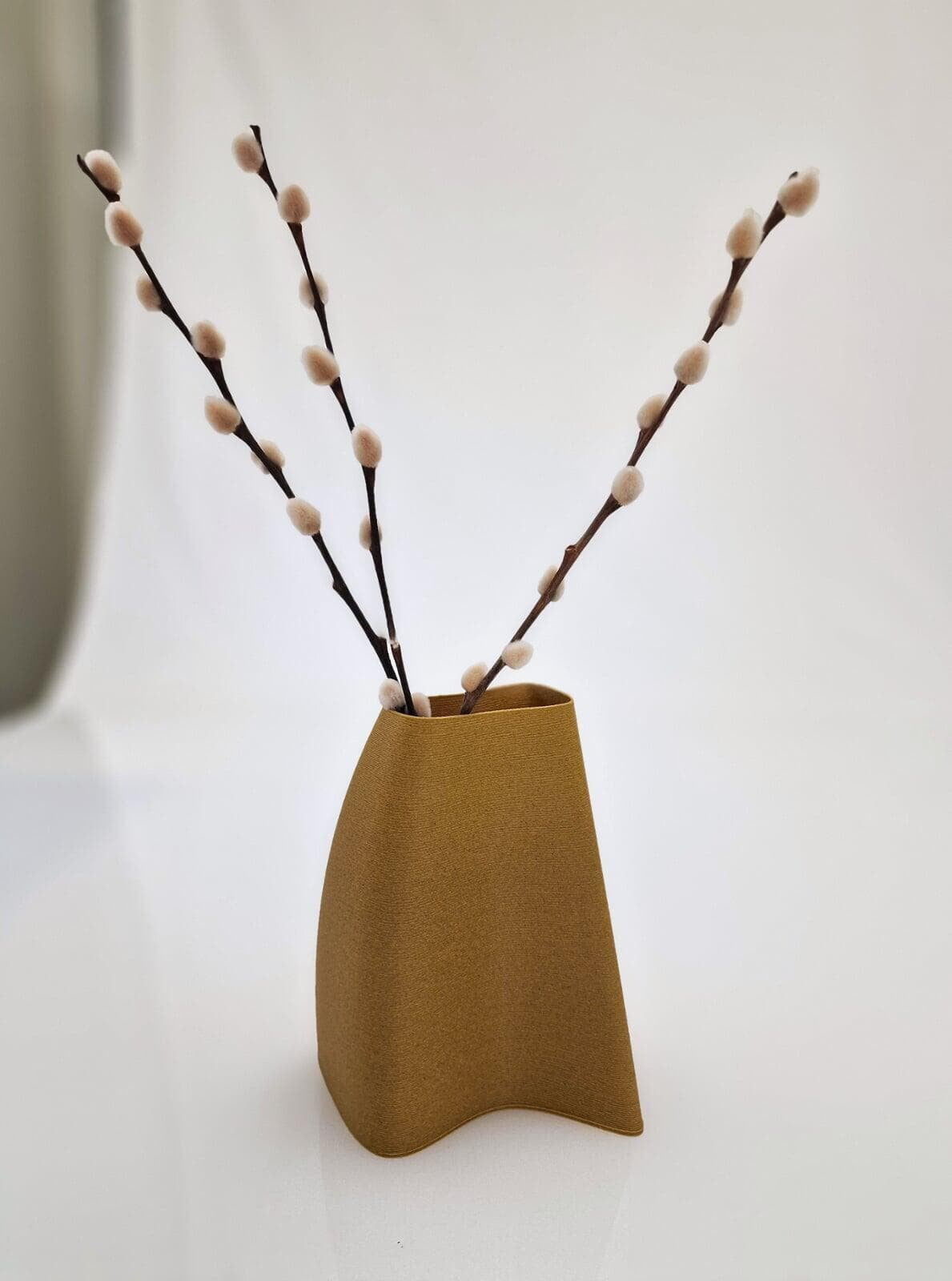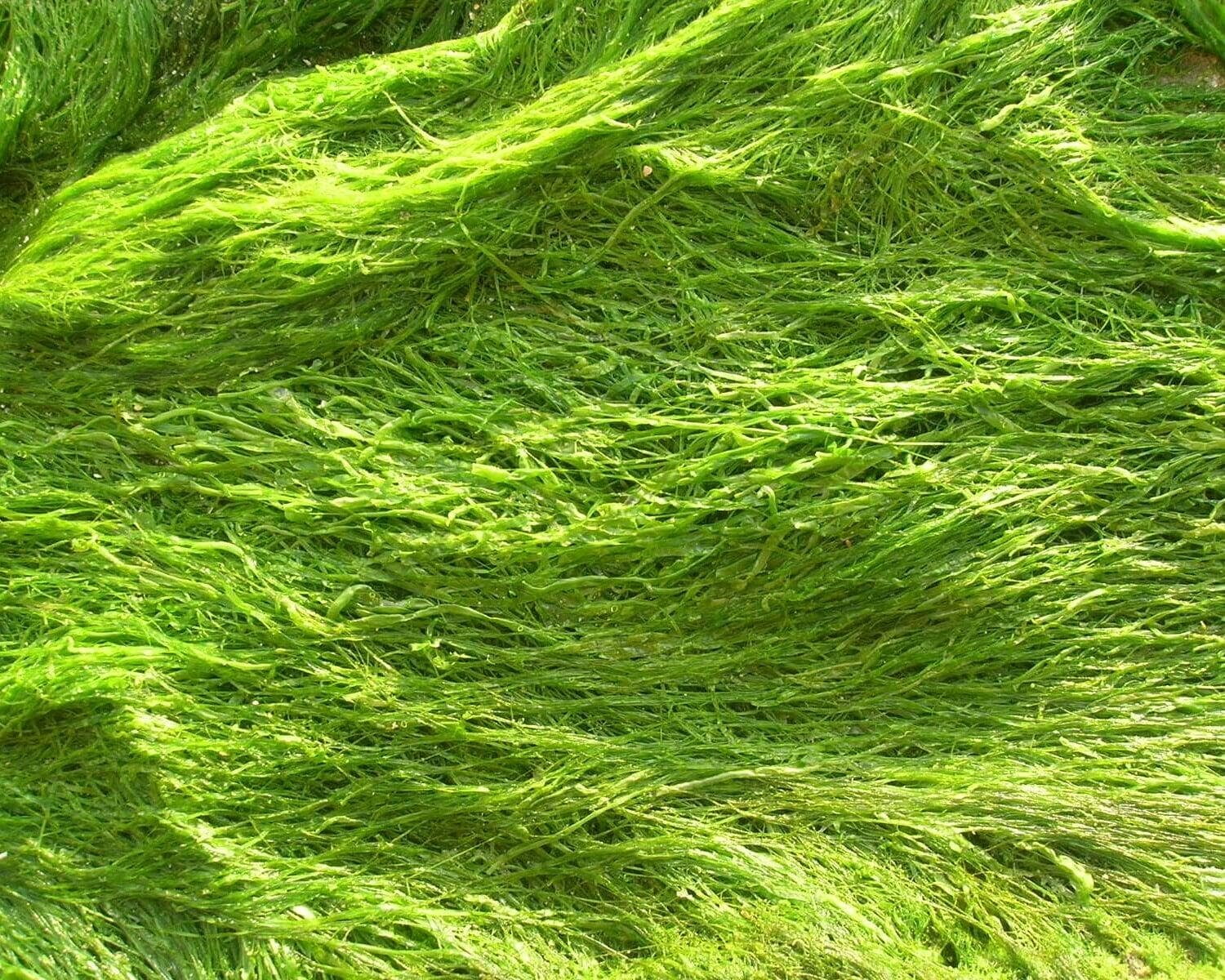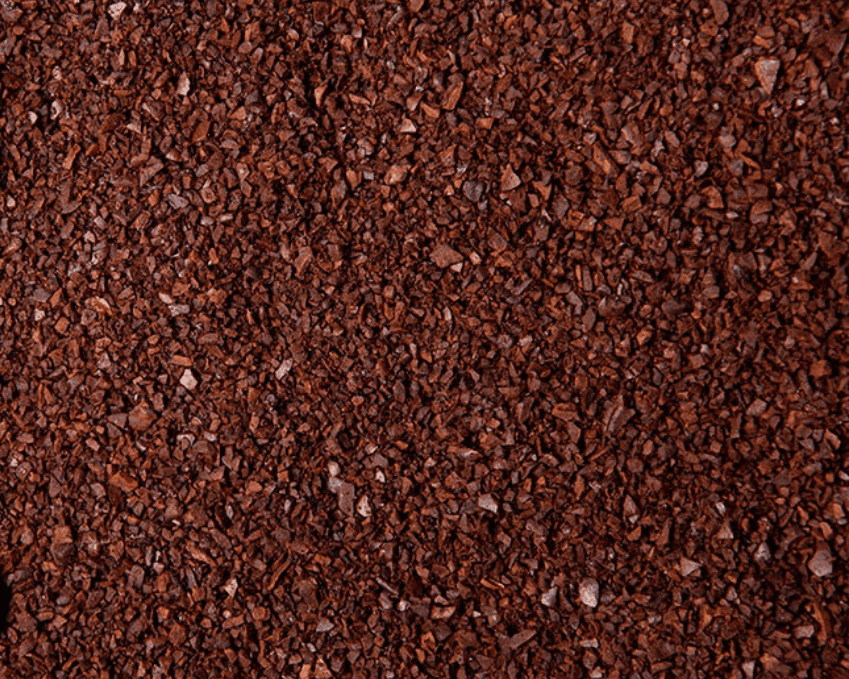What if we told you that your morning cup of coffee could help save the planet? Sounds too good to be true, right? Well, this week, in celebration of Earth Day, we're diving into the world of sustainable 3D printing materials, where even the most mundane things, such as our everyday beverages, are transforming waste into eco-friendly wonders.
Sustainable 3D Printing
Sustainable 3D Printing
In the manufacturing realm, we inevitably, and rightfully, face responsibility for our planet’s future because nothing can be made without a certain effect on the environment. The least we can do is minimize this impact, and additive manufacturing is a promising technology that allows us to reduce the unnecessary waste, produced by traditional methods.
Since its inception in the 1980s, 3D printing has evolved dramatically – from the technologies to the materials used. The main reason is the pressing need to find new ways of production that is more sustainable and less harmful to the environment.
So let’s take a minute and dive into the exciting realm of sustainable materials and possibilities of Additive Manufacturing!
PLA
PLA
The rise of environmental awareness has led to a growing demand for affordable and quality sustainable materials. That’s why many scientists and manufacturers have turned to biocomposites, PLA being one of the most promising materials among them.
Most of the commonly used plastics are synthetic polymers manufactured from petroleum and its allied components. Their non-biodegradable and non-biocompatible nature has proven to be harmful to our planet.
| PLA, or poly-lactic acid, on the other hand, is a promising aliphatic thermoplastic polymer derived from renewable resources such as sugarcane, maize, cassava and corn. It is a fully degradable and biocompatible biopolymer. Moreover, it requires low energy consumption and produces minimum greenhouse gases during its production. While it’s not where we want to be just yet, PLA is a much more environment-friendly choice than the traditional plastic materials used in manufacturing. |
But what’s next? Here’s where it gets interesting.
Alternative Materials
Alternative Materials
While PLA is already widely used in 3D printing, it’s just the beginning. With the growing interest in Additive Manufacturing as a more sustainable production technology, much research has been conducted to find out how to make materials even more eco-friendly. While still using PLA as a base for the mix of materials, many new innovations have been introduced.
 | Wood Filaments Although 60-80% of their compositions are PLA, the wood component (20-40%), which can be a selection of wood derivatives, including cork or wood shavings/sawdust, ensures that the 3D-printed product looks and feels like real wood. It’s a great alternative to deforestation of our planet’s beautiful landscapes. Although 60-80% of their compositions are PLA, the wood component (20-40%), which can be a selection of wood derivatives, including cork or wood shavings/sawdust, ensures that the 3D-printed product looks and feels like real wood. It’s a great alternative to deforestation of our planet’s beautiful landscapes. |
Seaweed In the modern world, there are no limits for innovation – and this one proves that. Natural plants, such as seaweed, can also be used in additive manufacturing. It’s the perfect example of using new technologies for repurposing what we already have instead of producing more and more until Earth drowns in plastic. This brings us to our next case. |  |
 | Coffee grounds Similar to seaweed, coffee grounds are also an interesting alternative to conventional and non-biodegradable materials. Can you imagine that the waste from your morning coffee could be turned into, let’s say, a planter? Given the number of tonnes of coffee waste produced each year, this solves not one, but two problems at once. |
Beer Walking our way through the world of beverages, we cannot pass by the idea of repurposing the by-products made from the production of beer to create something truly unique. The 3D-printed products have a rich colour and a noticeable natural grain. |  |
 | Hemp Last, but not least, we have the hemp filament. While this may sound suspicious, hemp actually has many advantages as a 3D-printing material. A true natural brown colour is maintained as entwined hemp filament uses no dyes, and industrial hemp crops require no herbicides or pesticides. |
To sum up, we are now witnessing many revolutionizing innovations that might shape the future of our lives and our planet. It’s truly amazing how much can be done with a little bit of passion and talent to make the world a better place.
We are proud to be a part of the Additive Manufacturing revolution, knowing what potential it has to reshape the way we have been doing things in a more sustainable way.
But remember – there are no steps too small or too large when it comes to sustainability, as long as we’re trying. So let’s take this opportunity to reflect on our actions and to think about new ways to live in harmony with our planet!
What do you think about the future of sustainable materials? Let us know!
Credits
1. PLA based biocomposites for sustainable products: A review. Alok Kumar Trivedi, M.K. Gupta, Harinder Singh.- Advanced Industrial and Engineering Polymer Research, Volume 6, Issue 4. October 2023.
